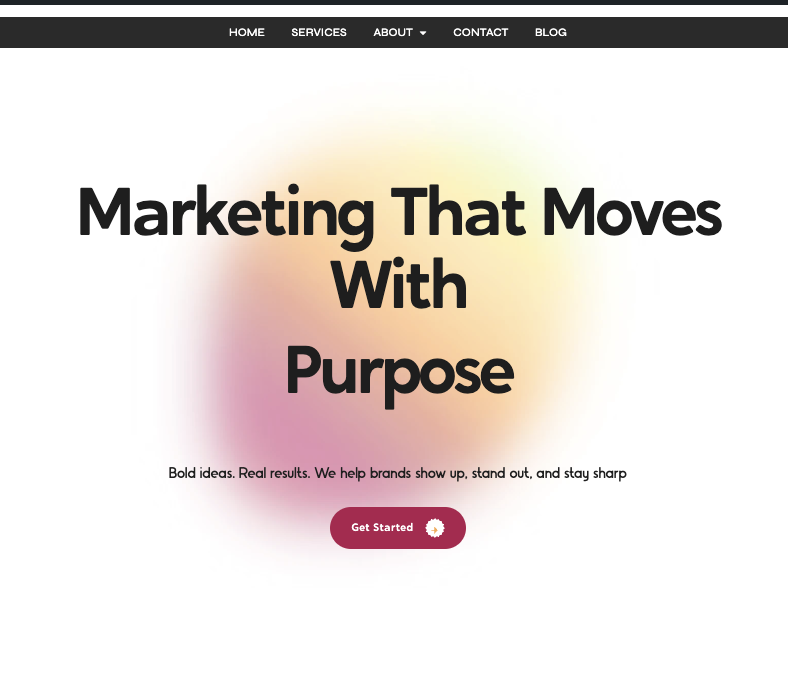Saying goodbye to a client might feel counterproductive, but sometimes, it’s the most strategic move you can make. Losing a client isn’t always a failure; instead, it can be a way to strengthen your professional relationships, refine your processes, and focus on better-aligned opportunities.
Why Saying Goodbye Feels Like a Risk
Parting ways with a client feels counterintuitive. Businesses naturally aim to keep clients happy and engaged, making the idea of a farewell seem like a failure. Yet, some relationships can do more harm than good when they’re forced to continue.
Why do businesses hesitate to say goodbye?
- Revenue Concerns: Letting go of a client might mean losing income, which can be particularly worrisome for smaller businesses.
- Fear of Negative Perception: Saying goodbye might seem unprofessional or lead to criticism, especially if the client is vocal about their dissatisfaction.
- Emotional Attachments: Long-term clients often develop close relationships with their providers, making separation feel personal.
- Conflict Aversion: Many professionals avoid difficult conversations, fearing conflict or awkwardness.
Despite these fears, knowing when to part ways is essential for maintaining focus on your business’s values and priorities. A graceful farewell reinforces integrity and can even leave the door open for future opportunities.
Signs It’s Time to Let a Client Go
Identifying when a client relationship is no longer productive takes honest reflection. Here are some clear signs it’s time to consider a professional goodbye:
- Constant Misalignment: If your vision and the client’s expectations are always at odds, it’s a red flag. Regular misalignment causes stress, missed goals, and diminished trust.
- Low Profitability: When a client requires disproportionate resources compared to the value they bring, the relationship becomes unsustainable.
- Toxic Behavior: Disrespect, poor communication, or excessive demands can erode your team’s morale and impact overall productivity.
- Shifting Priorities: Sometimes, clients evolve in ways that no longer match your offerings or expertise. A farewell may allow them to find a better fit.
- Emotional Drain: If interactions with a client consistently cause frustration or burnout, the partnership may no longer be viable.
Example: Imagine a social media marketing firm working with a client who constantly requests free services beyond the original agreement. The constant strain on resources may overshadow the value of keeping the client, making a professional farewell the best choice.
How to Say Goodbye Without Burning Bridges
Ending a client relationship is delicate, but when handled well, it preserves goodwill and professionalism. Follow these steps to ensure a smooth and respectful process:
- Evaluate the Decision
Take time to reflect on the reasons for saying goodbye. Is it about misalignment, resource strain, or shifting goals? Be confident that parting ways aligns with your long-term vision. - Plan the Conversation
Use empathetic yet firm language to approach the client. For instance:- “We’ve appreciated working with you, but we believe your needs might be better served by another provider.”
- “Our priorities have shifted, and we want to ensure you receive the best possible support moving forward.”
- Show Appreciation
Highlight positive aspects of the relationship, such as achievements or milestones. Gratitude goes a long way in leaving a positive impression. - Provide Solutions
Suggest alternatives to help the client transition smoothly. For example:- Recommend a trusted partner who specializes in their needs.
- Provide resources, tools, or contacts that may assist them after your departure.
- Formalize the Transition
Summarize the decision in writing, detailing next steps, timelines, and any unresolved deliverables. Clear documentation prevents confusion or disputes. - End on a Positive Note
Offer goodwill for the future. Saying, “We hope to work together again under different circumstances,” leaves the door open for potential collaborations.
Pro Tip: Practice the conversation beforehand. Rehearsing your words can help you remain calm and professional during the actual discussion.
The Benefits of Saying Goodbye
Though parting ways can feel like a loss, it often brings unexpected rewards. Here’s why:
- Resource Optimization: Letting go of high-maintenance clients frees up time and energy to focus on those who align with your vision. This shift improves overall efficiency.
- Brand Integrity: Setting boundaries reflects a commitment to quality and professionalism. Clients respect businesses that stand by their values.
- Stronger Team Morale: Difficult client relationships can harm employee satisfaction. Ending these partnerships fosters a healthier work environment.
- Potential for Future Collaboration: A respectful goodbye keeps the relationship intact, leaving room for renewed opportunities down the line.
- Opportunities for Growth: Ending unproductive relationships creates space for better-aligned clients or new business ventures.
Example: A consulting firm parting ways with a small, demanding client might later secure a larger, more aligned client whose goals better match their expertise.
Rethinking Client Retention Strategies
Traditional retention strategies emphasize keeping every client, but quality matters more than quantity. Aligning with the right clients strengthens your business and builds lasting trust.
Ways to Balance Retention and Alignment
- Set Clear Expectations: Use detailed contracts and onboarding sessions to establish goals and boundaries.
- Regularly Review Relationships: Evaluate each client’s fit with your business quarterly or biannually.
- Prioritize Communication: Open channels of communication help prevent misunderstandings and foster trust.
- Establish Exit Strategies: Create processes for parting ways that ensure professionalism and clarity.
Key Takeaway: Retention isn’t about holding onto every client—it’s about maintaining the right ones for your business to thrive.
Examples of Successful Goodbyes
Many businesses have benefited from knowing when to step away from clients.
- Digital Marketing Agency: A firm ended a partnership with a client whose budget repeatedly caused scope creep. The agency later secured a high-value client whose consistent goals allowed for better results.
- Freelance Consultant: A consultant said goodbye to a toxic client, which freed time to pursue a passion project that eventually became a full-time venture.
- Software Company: A tech provider referred a misaligned client to a competitor better equipped to handle their needs. This strengthened the relationship between both businesses and the client.
These examples show that a thoughtful goodbye can pave the way for meaningful growth.
A New Perspective on Saying Goodbye
Saying goodbye to a client isn’t failure—it’s a strategic decision that reflects your business’s commitment to integrity and growth. Done thoughtfully, it preserves relationships, enhances your reputation, and creates opportunities for alignment.
Remember, a goodbye doesn’t always mean forever. Often, it simply signals a new chapter, whether for you, the client, or both.















